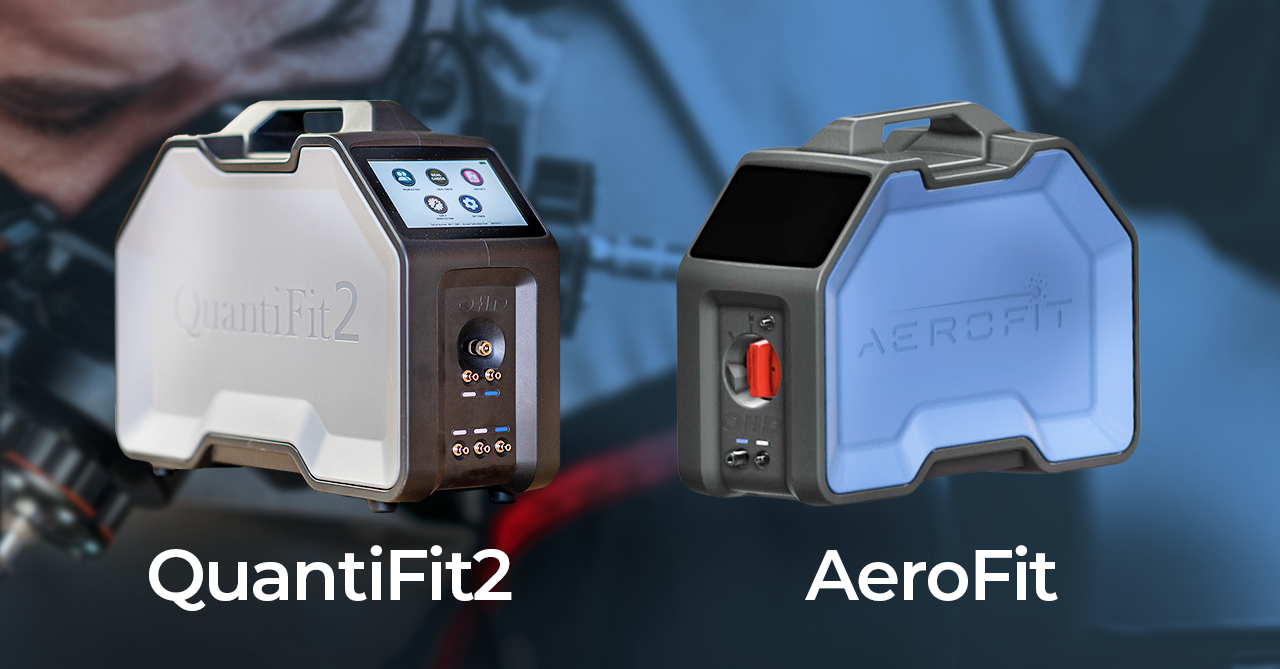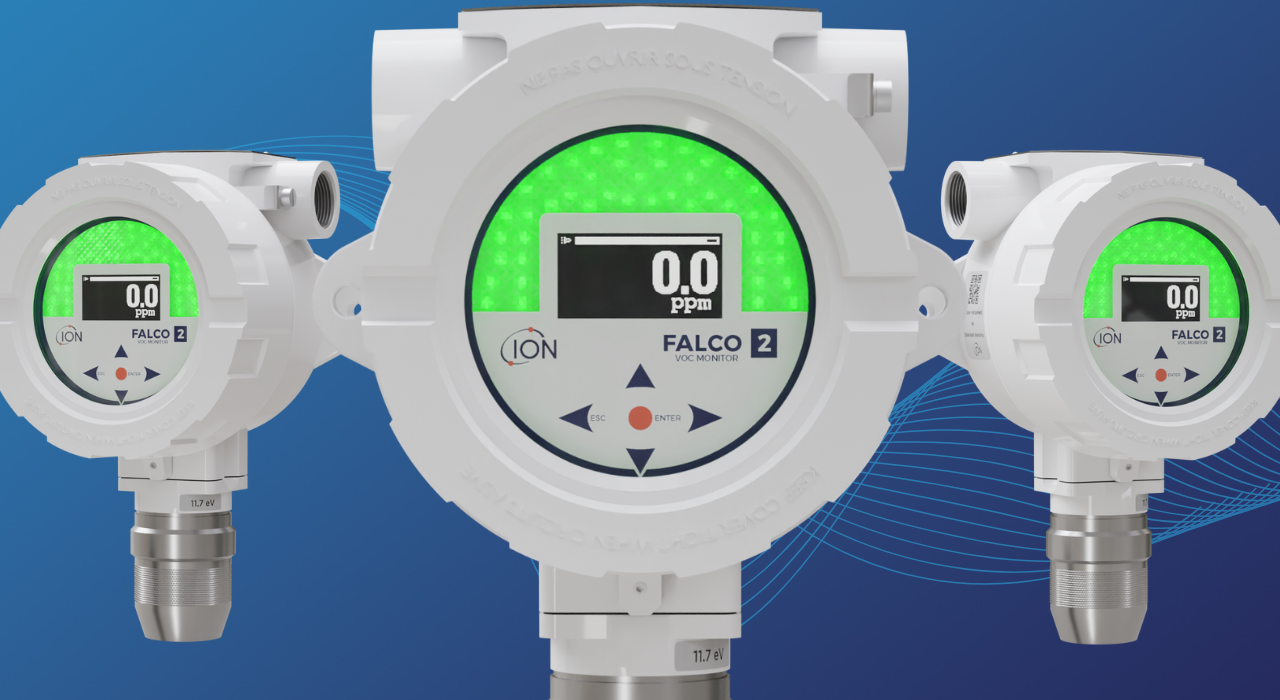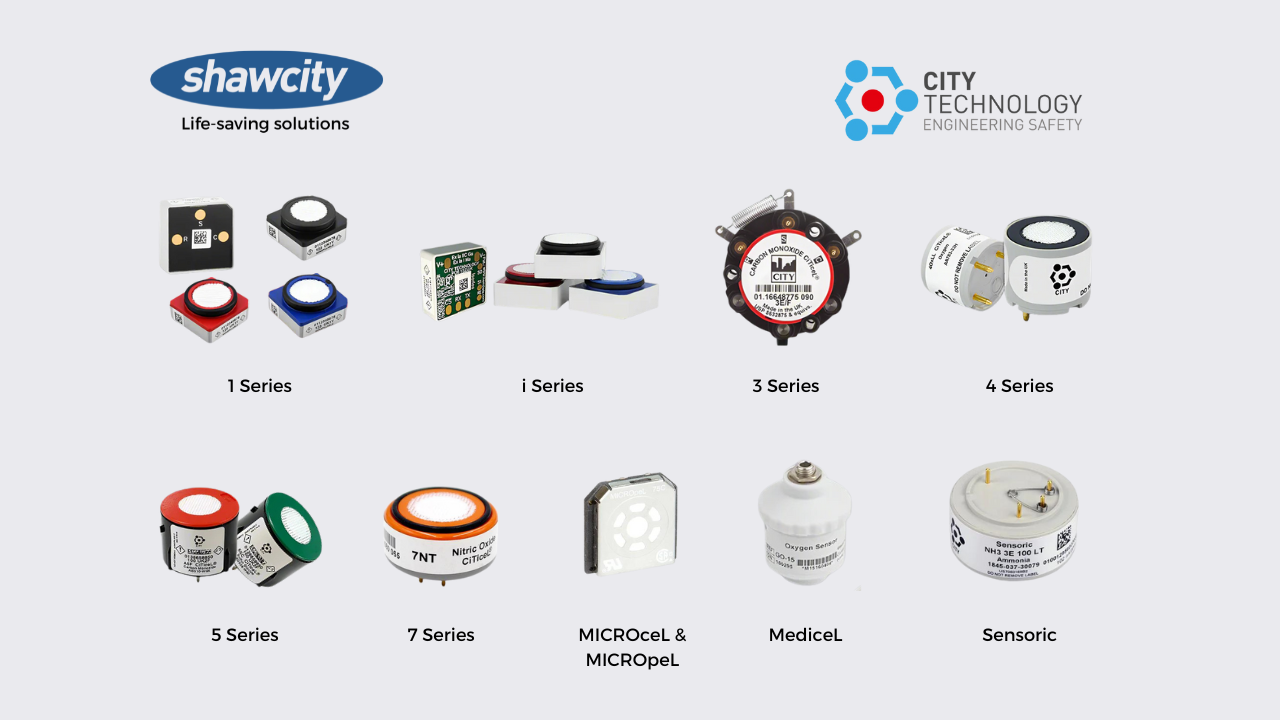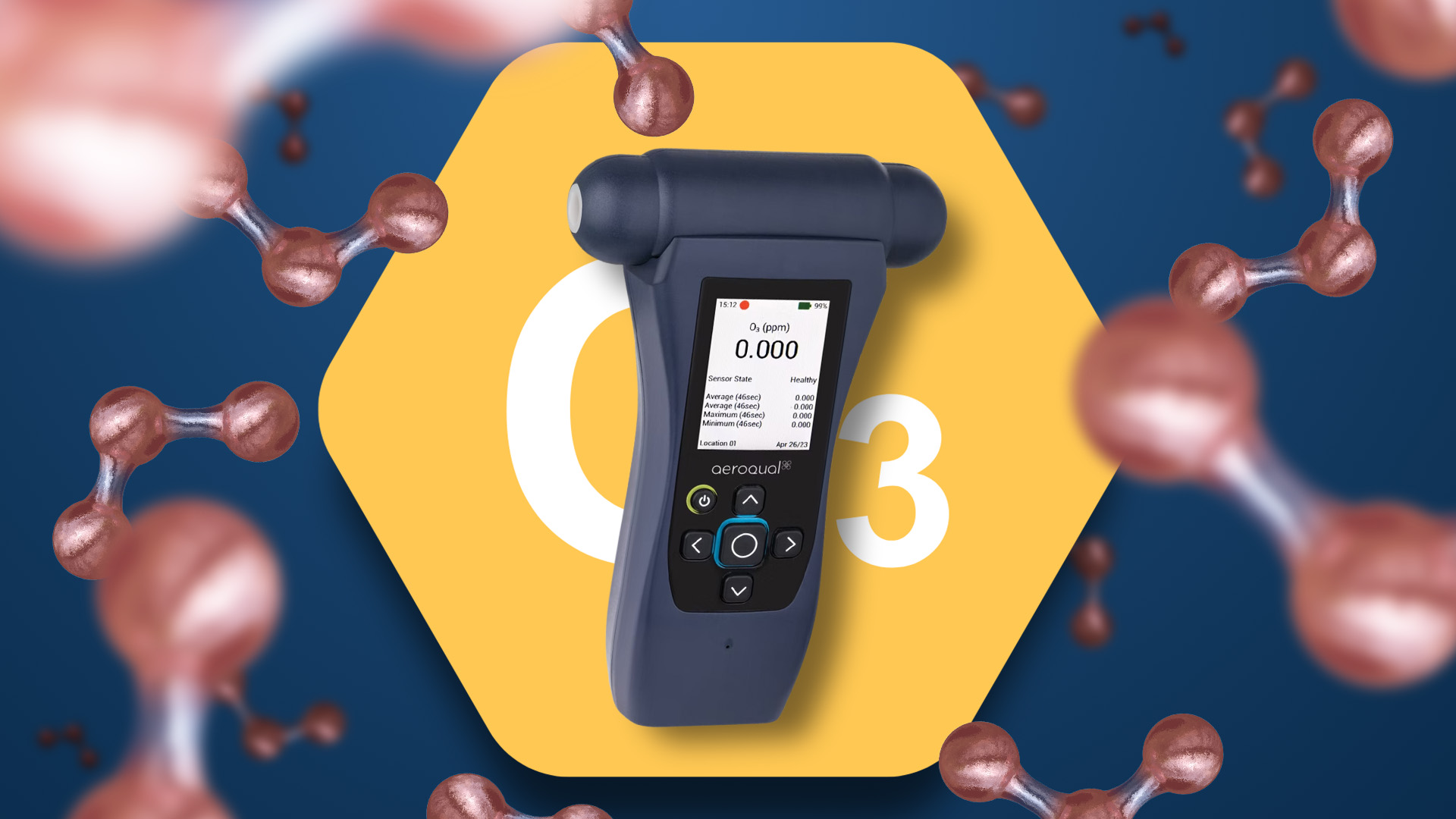Respiratory protection equipment (RPE) is designed to protect the wearer from a variety of hazards in the workplace. However, according to the BSIF, research indicates that a significant amount of RPE does not offer users the expected level of protection because it does not fit properly.
Workers may suffer from respiratory diseases, lung damage, cancer or even death from exposure if RPE is ill-fitting or not used properly. To comply with health and safety law in the UK, employers must ensure that RPE wearers are individually fit tested for the specific respirators they wear. Employers can face regulatory penalties, fines or even legal action by the HSE if their RPE measures are in adequate. .
People come in various shapes and sizes, so there is no ‘one size fits all’ solution. If the RPE leaks it may be down to poor fit, so ensuring it is properly assessed for each individual is vital. This is known as Fit Testing, which is a tightly controlled process carried out at the mask selection stage, before a particular type of respirator is used for the first time.
RPE fit testing is the subject of the Health and Safety Executive (HSE) INDG 479 guidance and it must be carried out by a competent person.
Working closely with the HSE, the BSIF developed the Fit2Fit Accredited RPE Fit Test provider scheme to help demonstrate competence. A list of Fit2Fit-accredited fit testers can be found at their website: fit2fit.org.
Statement from the HSE.
“Following this scheme is not compulsory and employers are free to take other action to comply with the law. But if you follow this scheme, you will be doing enough to demonstrate good practice.”
Types of Fit Testing
Qualitative Fit Testing (QLFT)
A basic pass/fail test based on the wearer’s ability to detect a bitter- or sweet-tasting aerosol test agent while wearing a hood. The process relies on manual record-keeping and has a risk of operator error or subjective results, based on an individual’s sense of taste and smell.
Quantitative Fit Testing (QNFT)
A Quantitative method provides a numerical measurement of how well a facepiece seals, known as a Fit Factor. There are two different methods: Ambient Particle Counting (APC) – also known as Condensation Nuclei Counting (CNC) - and Controlled Negative Pressure (CNP).
Ambient Particle Counting (APC) / Condensation Nuclei Counting (CNC)
APC, or CNC, fit testing uses an aerosol agent to determine the fit of a respirator by, as the name suggests, counting the number of particles present both inside and outside the mask. Established technology, it is currently the most well-known type of quantitative fit testing in the UK. On the plus side, APC can test any type of respirator. however, it is more restrictive than the Controlled Negative Pressure (CNP) method as the indoor environmental conditions and airborne particle count APC required mean a specific amount of particulate must either be present or generated to complete the test. Those being tested need to report to a specific, controlled indoor location and the use of consumables such as wicks and salt fog also increases the cost of ownership.
Controlled Negative Pressure (CNP)
Controlled Negative Pressure (CNP) is a fit testing method that measures air leakage around respirator seals, ideal for high-risk environments as it does not use wicks or salt fog. With battery power, the unit can be deployed untethered anywhere, indoors or outdoors, to minimise disruption to the working day, taking the fit test to the team. One competent fit tester can complete multiple fit tests simultaneously. with no consumables, there is no cleaning regime, making it a time-efficient method with low cost of ownership. Ideal for half- and full-face respirators, CNP cannot be used for testing disposable face masks (FFPs) due to the use of air pressure to make measurements.
Each fit testing method offers different advantages. The BSIF’s Fit2Fit scheme has a series of guides explaining the different methods in further detail: www.fit2fit.org.
Examples of types of tight-fitting facepieces are shown below:



Disposable Filtering Face Piece (FFP) Reusable half-face mask Reusable full-face mask
_Page_2.jpg?width=830&height=398&name=What%20is%20Quantitative%20Fit%20Testing%20MP%20TV%20(002)_Page_2.jpg)
Fit Testing Solutions from Shawcity
As a pioneer in respirator fit testing, OHD developed the revolutionary CNP quantitative method currently available in their QuantiFit2 model. Robust out in the field and quick to set up, it is widely used by responsive teams who value portability and no environmental restrictions, including the FBI and the U.S. Navy.
The AeroFit face fit test system (available to pre-order now) has been designed from the ground up to bring APC fit testing into the 21st century. Improvements include quicker set-up, automated daily verification, searchable respirator lists, improved workflows and quieter operation. No tablet or Bluetooth is required to fit test with the AeroFit.
OHD are the only manufacturer worldwide to offer both types of quantitative fit testing technology. Both OHD systems are truly portable with a battery option (swappable between units) and share the same respirator adapters. They also both communicate with the same Logic software, so teams utilising both types of technology have ultimate flexibility at their fingertips, allowing testers to adapt quickly to each team or individual user preference.
Shawcity is the only fit-testing instrument supplier to offer both APC and CNP technologies in the UK and Ireland, catering for every customer’s needs. Each unit is available to purchase or hire and can be serviced in the UK, eliminating the need to send units back to the U.S. manufacturer.
Contact us to find out more about the game-changing QuantiFit2 and AeroFit testing systems, or to arrange a free demonstration on:
📞 01367 899553 or 📧 solutions@shawcity.co.uk.











